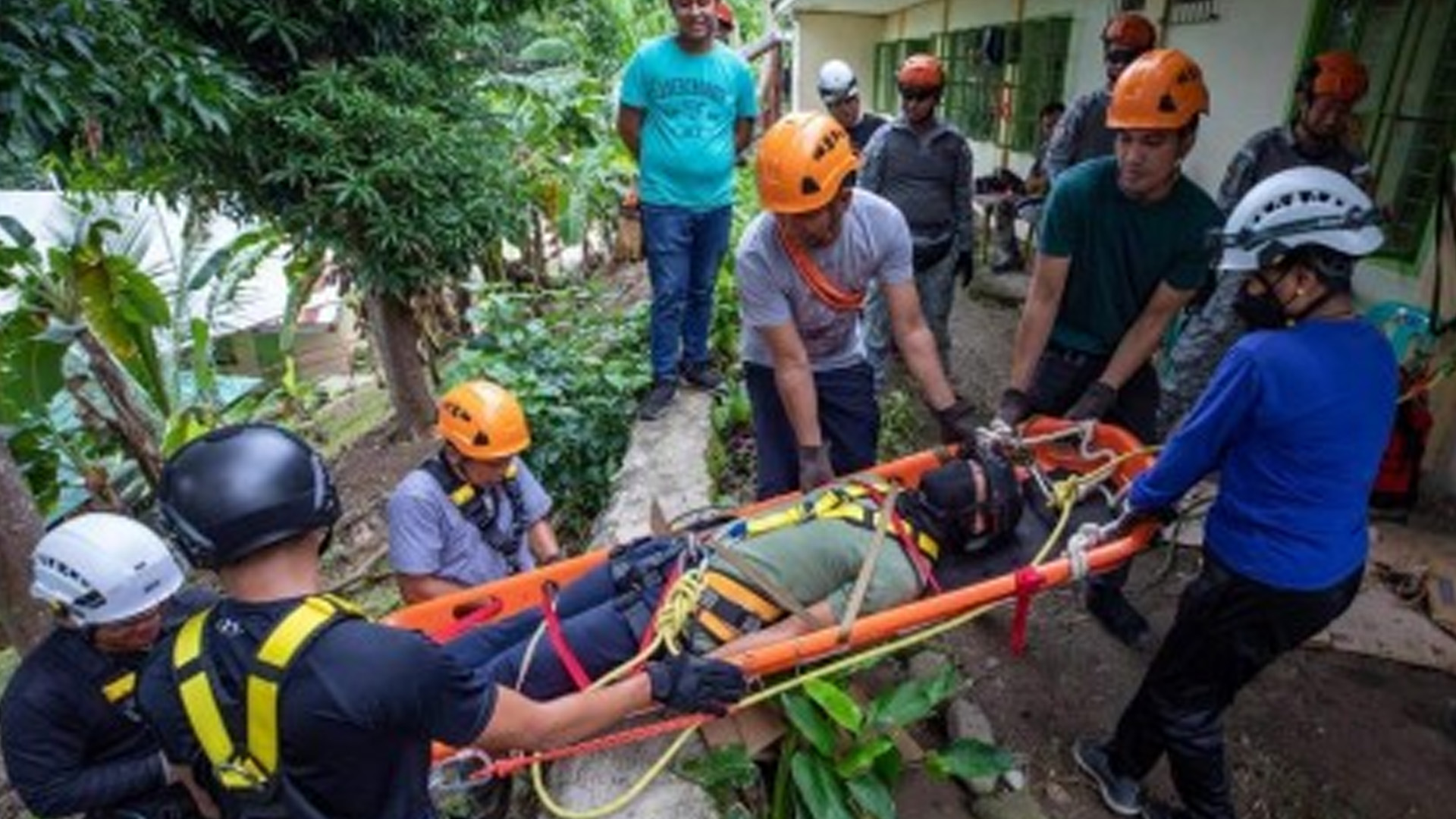Filipinos are more prepared for calamities now than the past years, according to the Harvard Humanitarian Initiative’s (HHI) recent nationwide survey on disaster preparedness and climate change perceptions in the Philippines.
The Filipinos’ self-reported disaster preparedness level has increased by an average of 42 percent over the past seven years, based on the findings of the HHI’s study.
Data were collected from 4,608 Filipinos across all regions between February and March 2024, showing an average score of 19.2 out of 50 across five objective measures of disaster preparedness, including planning, training, material investment, information, and social support.
Filipinos’ preparedness for disasters has improved over the years, as the current score is higher than the 13.5 results in a pioneering study conducted by the HHI in 2017, which used the same methodology and instruments.
According to the HHI study, the regions that reported the highest levels of preparedness include the Cordillera Administrative Region (24.0 out of 50), Central Visayas (21.5), and Western Visayas (21.4).
Davao Region (17.3), Negros Island (15.8), and the Bangsamoro Autonomous Region in Muslim Mindanao or BARMM (15.1) reported the lowest levels of preparedness.
Metro Manila ranked 11th in the level of disaster preparedness (19.1), slightly below the national average (19.2). It is also one of the regions with the least progress in disaster preparedness over time, with an increase in preparedness score by only 22 percent or 3.4 points from 15.7 in 2017.
The HHI stressed the need to intensify the country’s disaster preparedness efforts, considering that the Philippines is a “country with the highest disaster risk in the world.
“A score of 19.2 highlights both progress and areas needing urgent attention. While it shows an improvement in disaster preparedness, the score suggests that Filipinos are only doing 38.4 percent of the kinds of disaster preparedness activities needed to be prepared,” said Dr. Vincenzo Bollettino, director of the HHI Resilient Communities program and co-lead for the study.
The HHI noted that among the objective measures of disaster preparedness, Filipinos scored highest in information (4.9 out of 10) and scored lowest in social support (2.3 out of 10), making the overall score “relatively low across all dimensions.”
“With the Philippines ranked as the most disaster-prone country for three consecutive years now, increasing support and investments in preparedness are crucial,” Bollettino said.
“It is essential for key decision-makers and policymakers to understand disaster preparedness and resilience through the lens of Filipinos themselves to align relevant programs and policies with emerging needs and priorities at the household level,” he added.
Dr. Patrick Vinck, Director of Research at HHI, said enhancing the Philippines’ disaster preparedness requires investing in local leadership and leveraging technology to improve early warning systems and community engagement, among other critical measures.
Vinck also emphasized the importance of investments in resilient infrastructures, local capacities, and anticipatory actions.”
During the opening ceremony of the Asia-Pacific Ministerial Conference on Disaster Risk Reduction in Pasay City in October this year, President Ferdinand R. Marcos Jr. stressed the importance of the private sector in advancing investments and practices in environmental, social, and governance areas.
Marcos also called for a safer, more adaptive, inclusive, and disaster-resilient future where the need for recovery becomes less frequent. (PNA)






